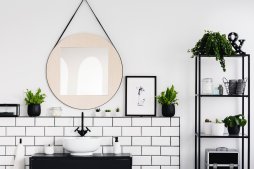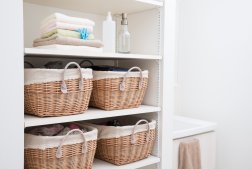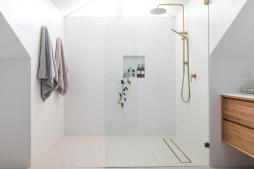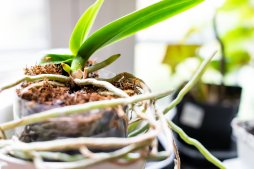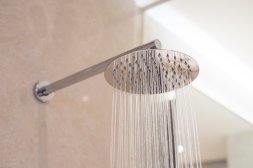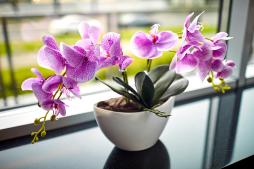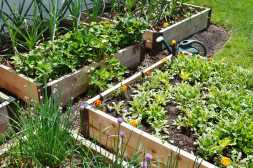How to Design a Beautiful, Sustainable Garden That Invites Pollinators

Creating a garden that naturally attracts pollinators not only enhances the beauty of your outdoor space but also supports vital ecosystems. Pollinators like bees, butterflies, and hummingbirds play a crucial role in the health of plants and food production. This article will guide you through simple yet effective ways to design a sustainable garden that welcomes these beneficial visitors.
Understand the Importance of Pollinators
Pollinators are essential for transferring pollen between flowers, enabling plants to reproduce and bear fruit. By attracting pollinators, your garden contributes to biodiversity and supports local wildlife. Understanding their needs helps you create an environment they find attractive and safe.
Choose Native Plants That Thrive Locally
Selecting native flowering plants is key because they are well-adapted to your region’s climate and soil conditions. Native plants typically require less maintenance while providing familiar nectar sources for local pollinators. Incorporate a variety of flowers that bloom at different times throughout the season to provide continuous food supply.
Provide Shelter and Water Sources
Pollinators need more than just flowers; they also require shelter from harsh weather and predators. Include natural elements like shrubs, grasses, or even bee hotels for solitary bees to nest in. Additionally, offering shallow water sources such as birdbaths with stones or small ponds can help pollinators stay hydrated.
Avoid Harmful Chemicals
Using pesticides or herbicides can be detrimental to pollinator populations. Opt for organic gardening methods such as companion planting or manual pest control instead. Maintaining chemical-free zones ensures that your garden remains a safe haven where pollinators can thrive without exposure to toxic substances.
Create Diverse Garden Layers
Designing your garden with multiple layers—ground cover, mid-level shrubs, and taller trees—provides varied habitats catering to different pollinator species. Diversity in plant height and type increases shelter options and encourages greater biodiversity within your sustainable garden space.
By following these natural strategies, you’ll cultivate a beautiful garden that not only looks stunning but also plays an active role in supporting essential pollinating species. Embrace sustainability by welcoming nature’s helpers into your green space for healthier plants and a thriving ecosystem.
This text was generated using a large language model, and select text has been reviewed and moderated for purposes such as readability.
